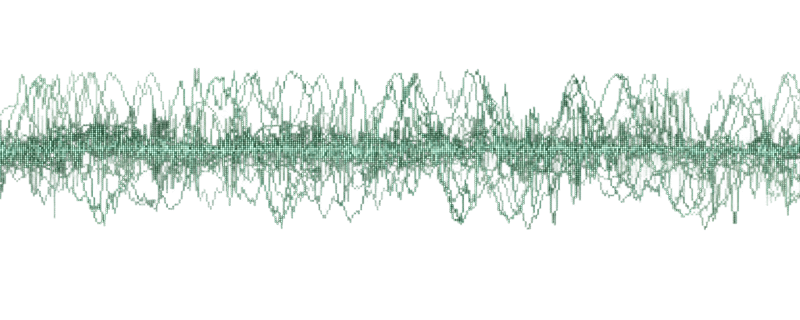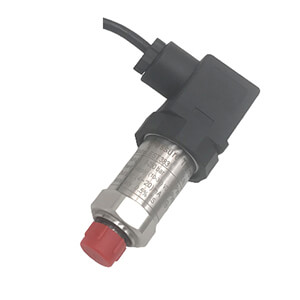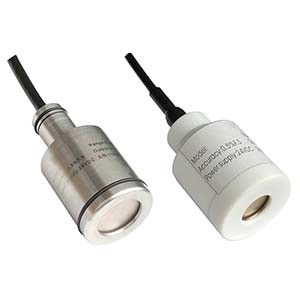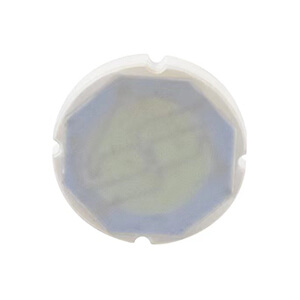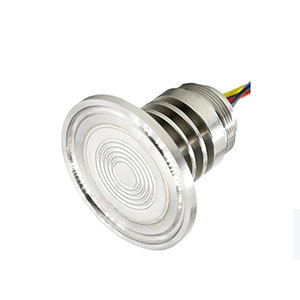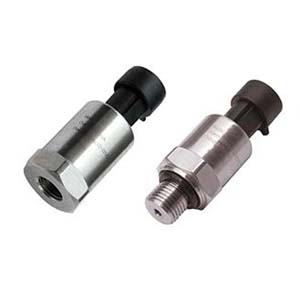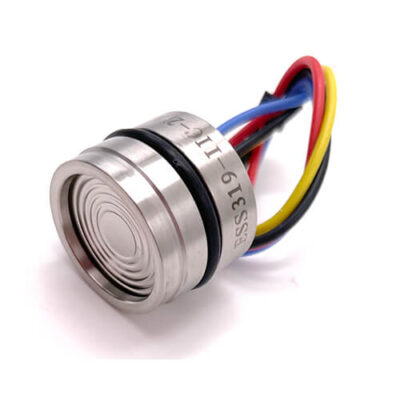Introduction
Electrical noise, including electromagnetic interference (EMI), can have several negative effects on the performance of a pressure sensor.
It can introduce signal distortion, reduce sensitivity, cause offset drift, result in signal loss, and induce crosstalk.
These effects occur because electrical noise disrupts the proper functioning of the pressure sensor’s electrical circuits.
So it is necessary to learn the knowledge about electrical noise and EMI, and find ways to mitigate the impact which thy cause to pressure sensor.
What is electrical noise
Electrical noise is essentially unwanted or random signals that can interfere with the desired signal (the accurate pressure reading).
There may probably be three main types of electrical noise typically can affect pressure sensors performance:
they are
- Thermal Noise
- Shot Noise
- Flicker Noise
Thermal Noise
This is caused by the random motion of charge carriers (essentially electrons) inside the electrical components, especially resistors.
It is also known as Johnson-Nyquist noise. The magnitude of thermal noise is directly proportional to the square root of the absolute temperature.
For example,
A typical resistance of 120 Ohms at room temperature (300 Kelvin) can produce thermal noise of about 1.8 microvolts RMS.
Shot Noise:
This arises from the fact that current is made up of discrete charges (electrons). The arrival times of these electrons are random, which results in fluctuations in the current, known as shot noise.
For example,
A current of 1 milliampere through a forward-biased diode could produce shot noise of about 1.3 microvolts RMS.
Flicker Noise, or 1/f noise:
This is a type of noise that increases in magnitude at lower frequencies. It’s often associated with imperfections in the materials and manufacturing processes of electronic components.
What is EMI

Electromagnetic interference (EMI), also referred to as radio-frequency interference (RFI) when in the radio frequency spectrum, is a disturbance generated by an external source that affects an electrical circuit.
This disturbance can degrade the performance of the circuit or even stop it from functioning.
EMI can significantly impact the performance of a pressure sensor, leading to inaccuracies, reduced sensitivity, or even complete failure.
Therefore, it is crucial to consider EMI mitigation strategies when designing or using pressure sensor systems in environments with high electromagnetic interference.
Relationship between electrical noise and EMI
Electromagnetic interference (EMI) and electrical noise are related concepts but have distinct differences.
Electromagnetic interference (EMI) refers to the unwanted electromagnetic signals or disturbances that can interfere with the proper functioning of electronic devices or systems.
EMI can be generated by various sources, such as power lines, radio frequency transmitters, motors, or other electronic equipment. It can manifest as electromagnetic radiation or conducted disturbances that can affect nearby electronic components or systems.
On the other hand, electrical noise refers to the random fluctuations or disturbances in an electrical signal that can occur due to various factors.
Electrical noise can be caused by internal or external sources, including thermal noise, shot noise, crosstalk, ground loops, or poor electrical connections. It can manifest as unwanted voltage or current variations that can degrade the quality of an electrical signal.
The relationship between EMI and electrical noise is that EMI can be one of the sources of electrical noise.
When EMI interferes with electronic devices or systems, it can introduce unwanted signals or disturbances into the electrical circuits, leading to electrical noise. In this context, EMI acts as an external source of electrical noise.
However, it’s important to note that not all electrical noise is caused by EMI. Electrical noise can also arise from internal factors within electronic components, such as thermal effects or semiconductor imperfections. Additionally, electrical noise can occur in isolated systems without any external EMI sources.
So, it is clear that EMI refers to unwanted electromagnetic disturbances that can interfere with electronic devices or systems, while electrical noise refers to random fluctuations or disturbances in an electrical signal. EMI can be one of the sources of electrical noise, but electrical noise can also arise from internal factors within electronic components.
How noise and EMI affect pressure senso performance
Noise and electromagnetic interference (EMI) can significantly affect the performance of a pressure sensor, leading to inaccurate readings and potential system failures.
Noise effects
like mentioned above, there are three main types of electrical noise that can impact pressure sensors: thermal noise, shot noise, and flicker noise.
Let’s consider a scenario where the combined root-mean-square (RMS) noise is 5 microvolts in a pressure sensor with a sensitivity of 1 millivolt per Pascal (Pa).
This would mean that the smallest detectable change in pressure is approximately 0.005 Pa.
If the level of noise increases, the smallest detectable change in pressure also increases, reducing the sensor’s ability to accurately measure small changes in pressure.
Electromagnetic Interference effects
EMI can induce unwanted currents or voltages in the sensor circuitry, leading to erroneous readings.
For instance, if the EMI causes an unwanted voltage fluctuation of 5 millivolts in a sensor with a sensitivity of 1 millivolt per Pa, this could result in an error of 5 Pa in the pressure reading.
In severe cases, EMI can even cause the sensor to fail completely.
The combined effects of noise and EMI can lead to significant errors in pressure readings.
For example, if a process requires a pressure to be maintained at 100 Pa with a tolerance of ±1 Pa, the presence of noise and EMI could lead to readings that vary from 95 to 105 Pa, which is outside the required tolerance.
How to migrate the effect of electrical noise and EMI for pressure sensor
Mitigating the effects of electrical noise and Electromagnetic Interference (EMI) in pressure sensors involves careful design, component selection, and installation techniques. Here’s how to address each:
1,Shielding
Shielding involves using a conductive enclosure around the sensor to block out external electromagnetic fields.
For instance, a copper shield with a thickness of about 0.09 mm can provide an attenuation of up to 60 dB for frequencies from 30 MHz to 1 GHz.
2, Filtering
Filters allow signals of certain frequencies to pass through while blocking others. If the pressure sensor operates at frequencies between 10 Hz and 100 Hz, a band-pass filter designed for these frequencies can help filter out noise occurring outside this frequency range.
3, Grounding
Grounding helps to provide a path for the unwanted noise signal to discharge safely. It’s important to ground the sensor and shield at one point to avoid creating ground loops, which could inadvertently introduce more noise.
4, Component Selection
Choose components with low susceptibility to noise and EMI.
For example, consider using operational amplifiers (op-amps) or voltage regulators with built-in noise reduction features.
5, Cable Practices
Use shielded cables to connect the pressure sensor, and avoid running these cables parallel to power lines or near other sources of EMI. The cable shield should also be grounded at one end to provide an additional path for unwanted signals to be discharged.
6, Distance
Keep the sensor as far away as possible from known sources of EMI, such as motors, power lines, and radio transmitters.
7, Signal Processing
Techniques like signal averaging, where multiple sensor readings are taken and averaged, can help to reduce random noise.
For instance, if each individual reading has a noise of up to ±1 Pa but the average of 100 readings is taken, this could reduce the noise level by a factor of 10, resulting in a noise level of only ±0.1 Pa.
Through above methods, it’s possible to significantly mitigate the effects of electrical noise and EMI on the performance of pressure sensors, ensuring reliable operation and accurate readings.
Wrap up
Electrical noise, including electromagnetic interference (EMI), can have several negative effects on the performance of a pressure sensor.
It can introduce signal distortion, reduce sensitivity, cause offset drift, result in signal loss, and induce crosstalk.
These effects occur because electrical noise disrupts the proper functioning of the pressure sensor’s electrical circuits.
To mitigate the impact of electrical noise and EMI on pressure sensor performance, various measures can be taken.
These include filtering, grounding, shielding, signal conditioning, and using high-quality components. These measures aim to minimize the interference caused by electrical noise and EMI, ensuring accurate and reliable pressure measureme

